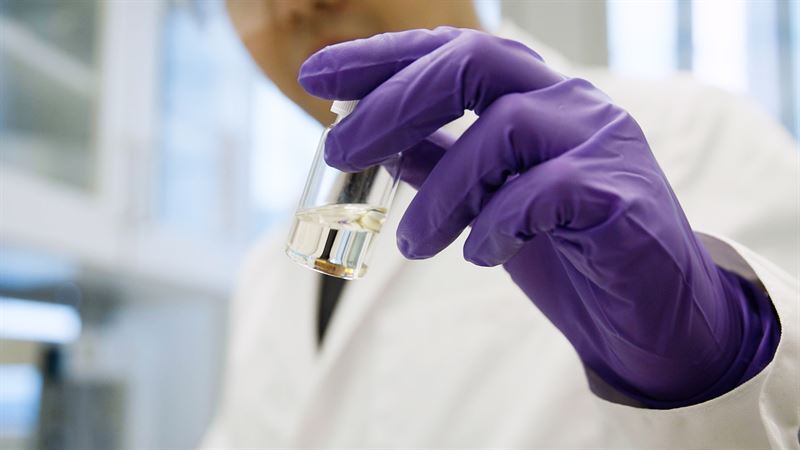In 2017, researchers at the Sweden’s Chalmers University of Technology designed to store solar energy in liquid form. By connecting it to an ultra-thin thermoelectric generator, the team has now proved that it can produce electricity.
The technology is called the MOlecular Solar Thermal (MOST) system. When it meets sunlight, the atoms within the molecule are rearranged to change its shape and turn it into an energy-rich isomer, which can be stored in liquid form.
The Chalmers team has teamed up with scientists at China’s Shanghai Jiao Tong University, who have used a compact thermoelectric generator to turn that heat into electricity.

“The generator is an ultra-thin chip that could be integrated into electronics such as headphones, smartwatches, and telephones,” said researcher Zhihang Wang from the Chalmers University of Technology. “So far, we have only generated small amounts of electricity, but the new results show that the concept really works. It looks very promising,”
“This is a radically new way of generating electricity from solar energy,” said research leader Kasper Moth-Poulsen, Professor at the Department of Chemistry and Chemical Engineering at Chalmers. “It means that we can use solar energy to produce electricity regardless of weather, time of day, season, or geographical location. It is a closed system that can operate without causing carbon dioxide emissions.”

“Together with the various research groups included in the project, we are now working to streamline the system,” said Kasper Moth-Poulsen. “The amount of electricity or heat it can extract needs to be increased. Even if the energy system is based on simple basic materials, it needs to be adapted to be sufficiently cost-effective to produce, and thus possible to launch more broadly.”
The research was published in the journal Cell Reports Physical Science.


